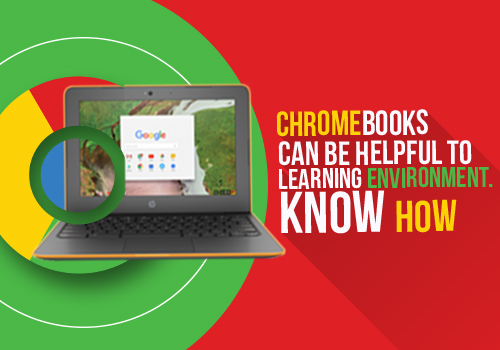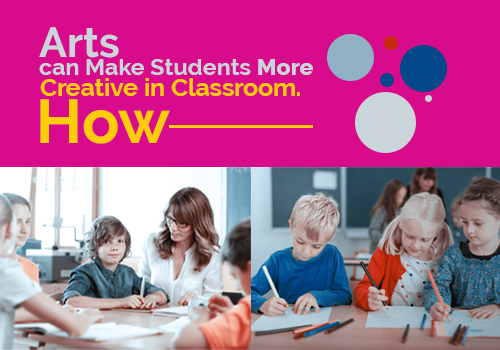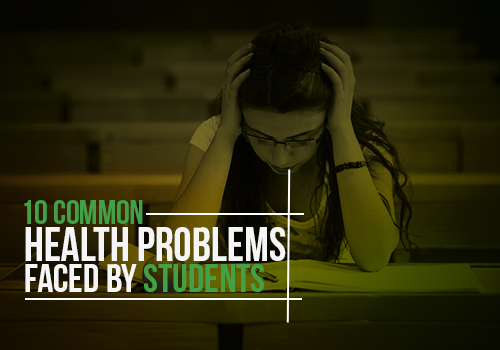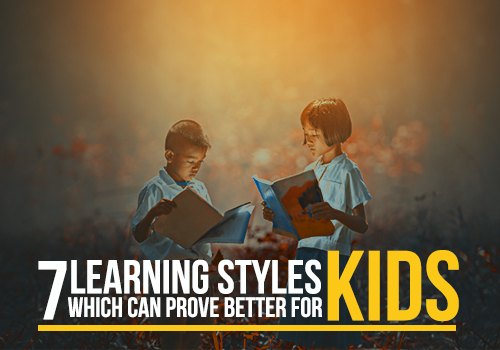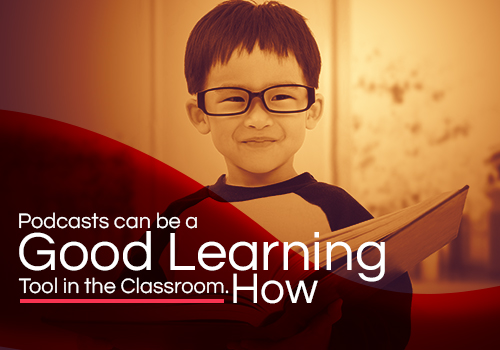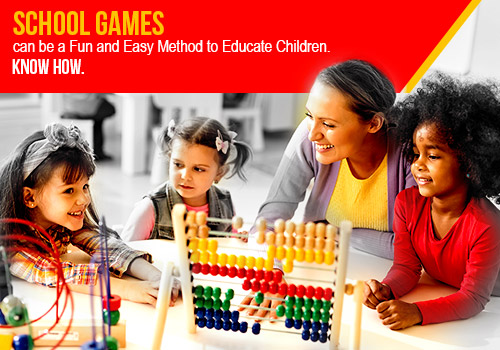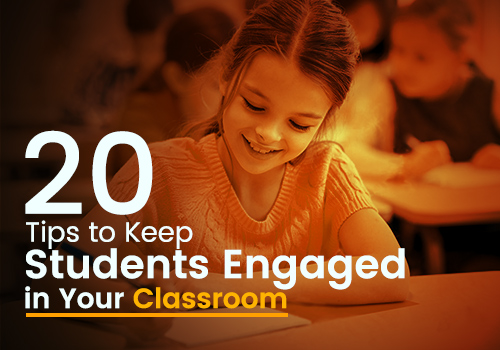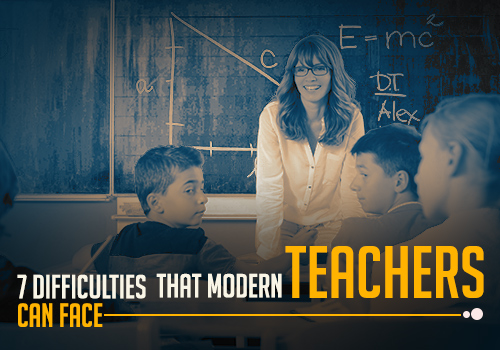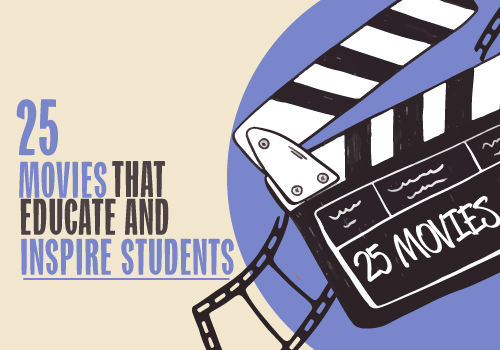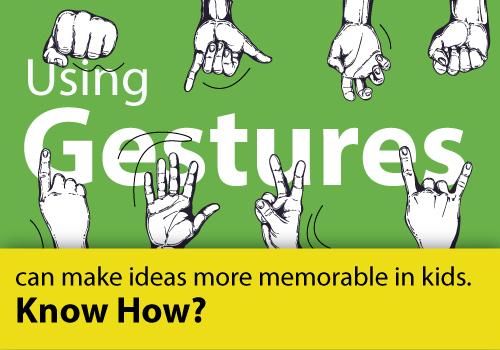Driven by a pursuit to bring technological advancements to the learning space, students can now bank on a host of benefits offered by Chromebooks. Although named as a book, a Chromebook is a laptop of a different kind. While the conventional laptops run on Mac OS or Windows 10 as their operating systems, a Chromebook is powered by the Chrome OS of Google.
Here are the numerous ways in which students can make the most of these devices.
- The Online Access to Learning is the Star Attraction
The World Wide Web is an indispensable interface that connects students with a host of educational sites. Attracting them with the best way to assimilate the knowhow that is making waves in the 21st century, millennials can rely on these gadgets. Going by the principle that you are not restricted to the constraints of time and place, Chromebooks come as anytime and anywhere to online wisdom. You as a student or faculty can learn in a classroom, library or at home. Students who learn through Chromebooks can access to the plethora of online sites that are brimming with subject knowledge. While you are aiming to gain knowledge, you are indirectly enhancing your creativity alongside sharpening your communication and research skills.
- Personalized Tools For Student Engagement
Chromebooks offer a platform for students to learn better. They pave the way to establish a classroom environment that thrives on the strength of individual strengths and skills. A classroom session can be made even more interesting and engaging when the topics are fine-tuned to the specific needs of students. Matching the interest levels with their skill levels, a Chromebook can facilitate better student engagement with an eye towards personalized education. Educators create a personalized profile for every student based on his/her learning experience and allow them to log into their apps. When they log in, they will be able to access a host of personalized books and videos along with classroom material that will aid in their learning.
- Cost Benefits
Chromebooks can be tagged as “cheap and best” tools for learning, since it comes with an affordable price tag when compared to most of the laptops. Their starting price of $149.00 makes Chromebooks intelligent and budget-friendly learning tools to schools. Because of reasonable pricing, it can be made as an essential learning tool for a number of school districts. The list of cost benefits does not end here. Schools who have invested in Chromebooks are also at the receiving end of Google Apps for Education (GAFE) services which can be accessed without a fee by all public schools. Since all these machines are connected to the internet, you as a student can access the ocean of knowledge that is captured in the form of applications and documents floating on the cloud.
- Online and Offline Services
While Chromebooks thrive on a high speed internet, there are over 200 offline educational apps that can work without net connectivity. Gmail, Google Drive along with Pocket are some of the apps that can be accessed without internet connectivity along with a host of Android apps which are still in the making.
- Ease of Deployment and Administration
When compared to conventional notebooks, a Chromebook comes with simplified deployment and support. Easy to manage, a Chromebook can become a single window learning platform aiding students and teachers with various subjects. Tagged as lightweight gadgets, a Chromebook can boot up in a matter of seconds. With the battery backup lasting for about 8 hours of running time, you will always be accessing the updated version since the update happens in the background.
- Close Watch On Student and Faculty Usage
A Chromebook can become a watchful tool that will help educators with pertinent information about the usage and configuration reports. These reports can be viewed by the school management so that corrective measures can be taken on the use of the online content. With an option to filter and monitor mail, you can avail the round the clock support from customer care executives who can fix your issues or resolve your concerns via email, phone or online chat.
- The Security Feature
As you all know that Chromebooks are cloud-based gadgets that are meant to run exclusively on the browser, you need not have to initiate any installation on your laptop. This is one feature that works in favor of safeguarding the Chromebook from external attacks. These gadgets live by the promise of a unique design that does not facilitate any external user to access or view your files. Chromebooks do not call for any active firewalls or the installation of anti-virus or anti-malware software. Another element that concerns security is file system encryption. Chromebooks do not need this security feature as the access to view files is given only to identified and registered users.
- Use of Simplified Hardware
When it comes to Chromebooks, you are spared from the use of hard drives as a means to store your data. Since all the data is hosted on a centralized cloud location, Chromebooks offer greater performance when compared to traditional laptops. You have a lightweight operating system that leads to swift boot times. Students can experience a super-fast browsing experience alongside making the most of immediate updates and automatic file backup features.
- An Intelligent Tool for Holistic Student Development
There is a growing need for professionals like computer engineers, technology coordinators, data scientists and system administrators across the globe. A learning environment which aims at bridging the gap between demand and supply of professionals can bank on Chromebooks. These gadgets enable students to hone their analytical and creative skills. Students will develop a keen eye towards scientific enquiry which will lay the foundation for peer-interactions coupled with active participation. Given all the above positives, it is clear that Chromebooks can encourage students to tread the path of effective work habits that will go a long way in shaping their professional lives.
- A Insightful Tool That Examines Student Behavior Closely
Along with useful and educational online content, the internet is flooded with inappropriate content. In an attempt to steer clear of such ill-effects, Chromebooks help educators and parents to keep an eye on the children’s internet usage. As a guardian, you can block the harmful content that is available on the Chromebook alongside opening the doors for educative content to become a significant part of learning.
- Collaboration – The Student-Friendly Attribute
When computers step into classrooms, students are encouraged to interact better amongst themselves. Students attuned to technological learning through Chromebooks will begin to communicate and collaborate with each other. While staying in constant touch with each other, Chromebooks become instruments to stay in sync with the assignments that need to be submitted by them in the form of group projects, power point presentations and the making of subject-specific videos.
- “Go Green” With Chromebooks
Given the numerous concerns towards preserving the environment, Chromebooks are a perfect solution to implement the “Go Green” ideology. With Chromebooks, you can restrict the use of paper also. Chromebooks reduce the carbon footprint arising out of the extensive use of printer ink, printed teaching material and hard-copy books and assignments.
- Chrome Web Store – The One Stop Destination for Online Games
Students who are gaming enthusiasts can make the most of the limited game titles that are listed on the Chrome Web Store. Cut the Rope and Bejeweled are a couple of online games that students can play along with a host of Android Chrome games like Minecraft, Galaxy of Heroes and Star Wars that can be an entertainment to students.
- An Ocean of Learning Possibilities
Chromebooks are possibly one of the best instruments that promise a well-designed, interactive learning program for students. Students learning through Chromebooks will be able to explore subject concepts from various approaches. This help students learn about online word processing, handhold them to master the concepts behind spreadsheets and hone their database management skills.
- An Intelligent Tool That Accommodates Multiple Learning Styles
When Chromebooks become the tool of learning, you as a student can make the most of the online material by blending visual and auditory learning styles. Notwithstanding the fact that you are a student who learns better by observation or through listening, Chromebooks come as your top bet. In this way, this internet-based gadget help educators use multiple learning styles as a perfect response to the traditional curriculum that lacks this significant feature.
Wrapping It Up
Driven by a pursuit to stay abreast with the latest offerings in technology concerning the learning and development space, Chromebooks help students learn through a number of creative ways. Hence it is the need of the hour to drift away from the traditional learning methodologies and tread the path of online education that the world is currently poised for.
